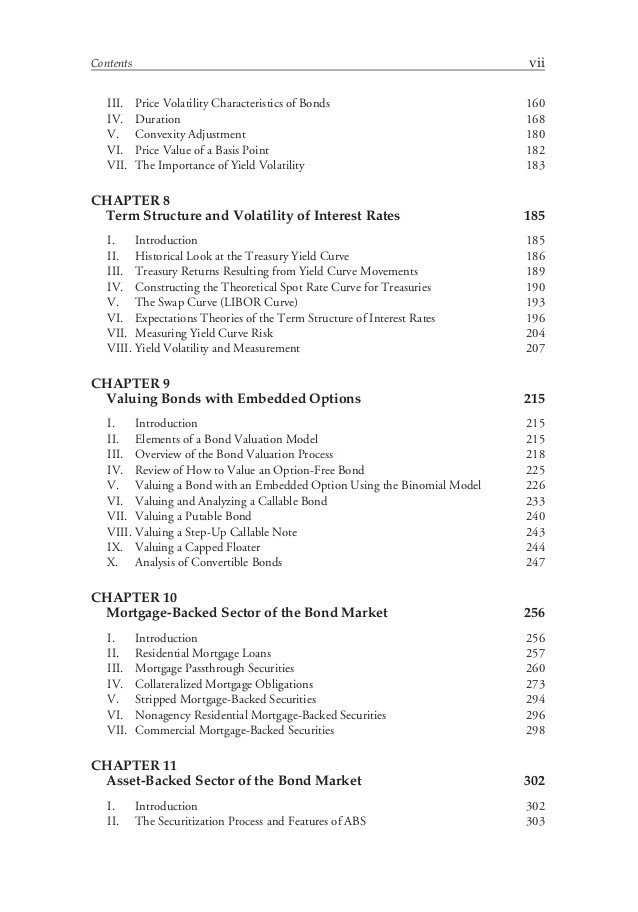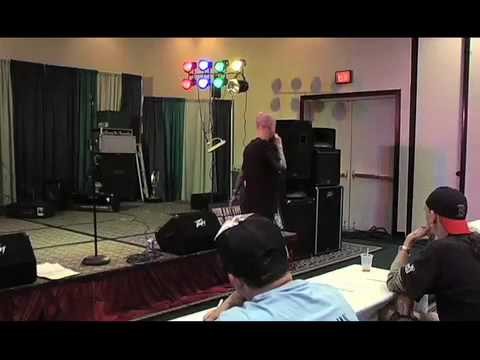The Wonders Of Convertible Bonds_2
Post on: 17 Декабрь, 2015 No Comment

Customer Question
I need a detailed solution for each question please. not just the MC answer.
1.Which of the following statements about convertibles is most CORRECT?
The coupon interest rate on a firm’s convertibles is generally set higher than the market yield on its otherwise similar straight debt.
One advantage of convertibles over warrants is that the issuer receives additional cash money when convertibles are converted.
Investors are willing to accept a lower interest rate on a convertible than on otherwise similar straight debt because convertibles are less risky than straight debt.
At the time it is issued, a convertible’s conversion (or exercise) price is generally set equal to or below the underlying stock’s price.
For equilibrium to exist, the expected return on a convertible bond must normally be between the expected return on the firm’s otherwise similar straight debt and the expected return on its common stock.
2.Which of the following statements is most CORRECT?
Warrants have an option feature but convertibles do not.
One important difference between warrants and convertibles is that convertibles bring in additional funds when they are converted, but exercising warrants does not bring in any additional funds.
The coupon rate on convertible debt is normally set below the coupon rate that would be set on otherwise similar straight debt even though investing in convertibles is more risky than investing in straight debt.
The value of a warrant to buy a safe, stable stock should exceed the value of a warrant to buy a risky, volatile stock, other things held constant.
Warrants can sometimes be detached and traded separately from the debt with which they were issued, but this is unusual.

3.Its investment bankers have told Donner Corporation that it can issue a 25-year, 8.1% annual payment bond at par. They also stated that the company can sell an issue of annual payment preferred stock to corporate investors who are in the 40% tax bracket. The corporate investors require an after-tax return on the preferred that exceeds their after-tax return on the bonds by 1.0%, which would represent an after-tax risk premium. What coupon rate must be set on the preferred in order to issue it at par?
4. a. 6.66%
5. b. 6.99%
c. 7.34%
d. 7.71%
e. 8.09%
4. Curry Corporation is setting the terms on a new issue of bonds with warrants. The bonds will have a 30-year maturity and annual interest payments. Each bond will come with 20 warrants that give the holder the right to purchase one share of stock per warrant. The investment bankers estimate that each warrant will have a value of $10.00. A similar straight-debt issue would require a 10% coupon. What coupon rate should be set on the bonds-with-warrants so that the package would sell for $1,000?














